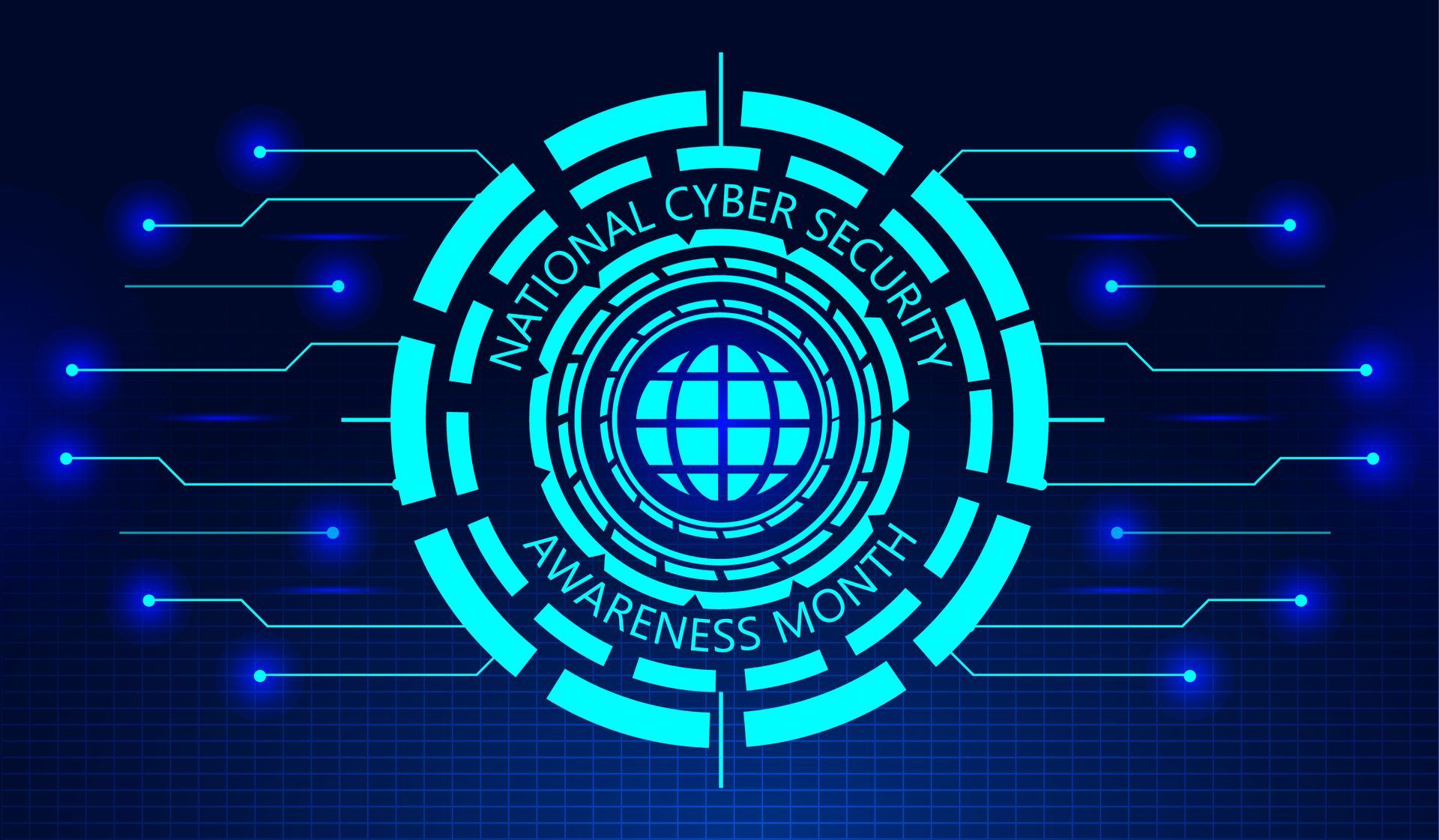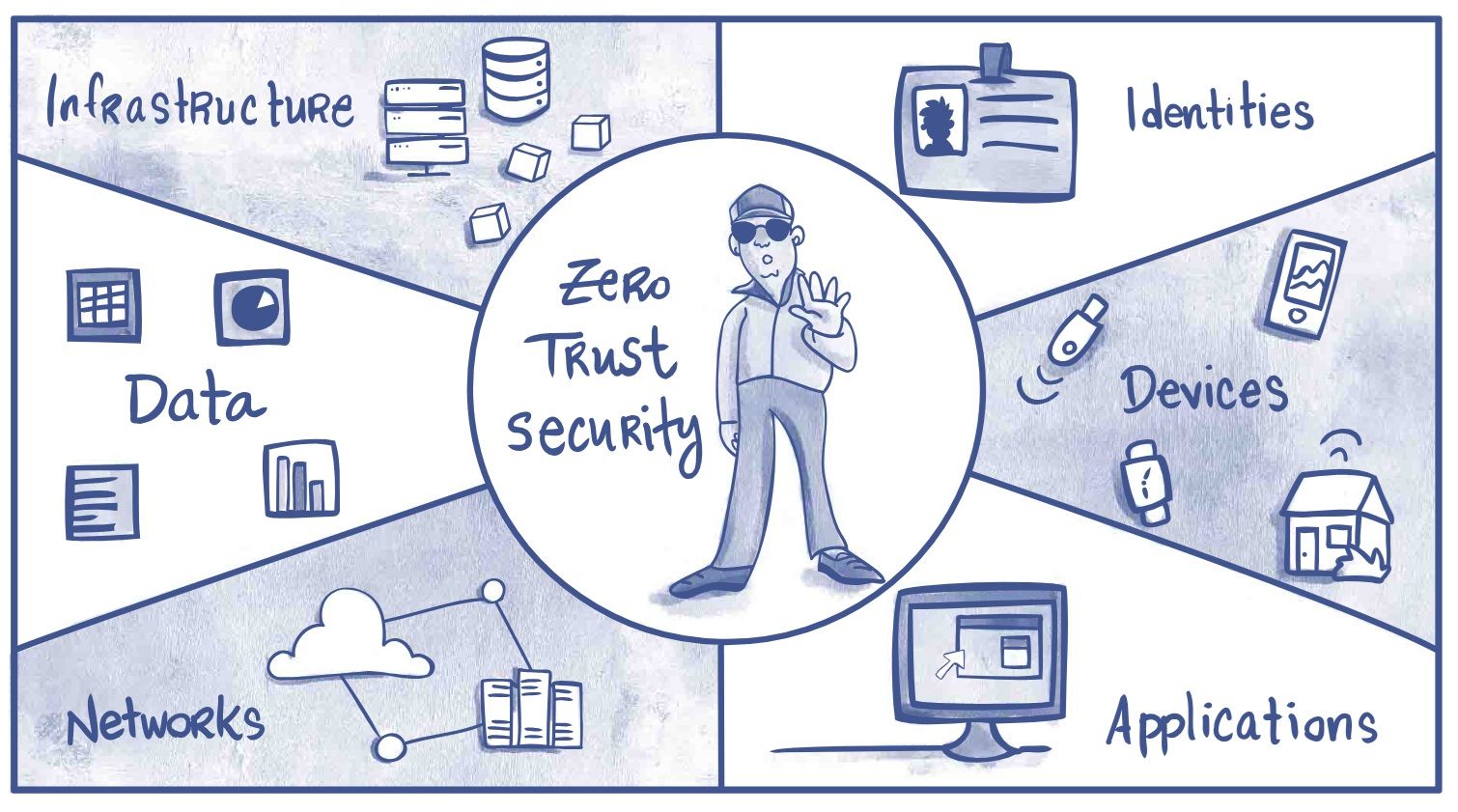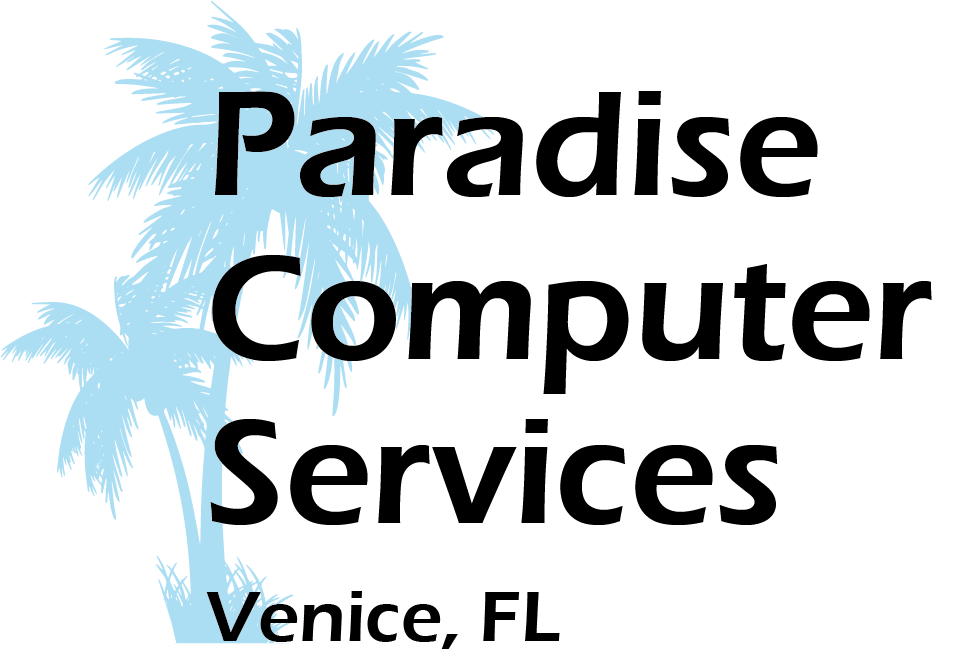CALL US! 941-493-5126
CALL US! 941-493-5126
6 Common Technology Problems Small Business Owners Face
6 Common Technology Problems Small Business Owners Face
When properly utilized, technology can provide a strategic advantage for companies in every industry. However, one of the biggest issues small business owners face is overcoming some of the common tech obstacles that hinder productivity. These issues range from minor inconveniences to serious threats that permanently shut down a business.
In today’s blog, we’ve outlined 6 of the most common technology problems small business owners face regularly and how you can either avoid or resolve them.
1. Failing to Meet Industry-Specific Compliance Requirements
Many industries have specific regulatory compliance requirements that define how companies must organize and protect data. Common examples you might be familiar with include HIPAA, which regulates electronic medical data in the healthcare industry; FFIEC, GLB, and SEC in the financial services industry; and CMMC for companies that work directly or indirectly with the Department of Defense.
For a small business owner wearing many hats, keeping up with the latest compliance requirements can be difficult, especially if you don’t have an IT or cyber security employee on staff. Missing a requirement cannot only lead to hefty fines and legal issues, but it can also incidentally leave you vulnerable to a cyber-attack.
The best thing you can do is work with a managed services provider (MSP) that has experience in compliance for your specific industry. While compliance is not the same as cyber security, the two overlap, and an experienced provider can help you bridge the gap so you’re protected and meet any mandatory requirements.
Click here to get a FREE Network Assessment. This will help you determine whether your organization is currently missing any mandatory compliance requirements.
2. Lack of Strategic IT Planning
One of the biggest issues we see is a disjointed relationship between the organization's business leaders and the IT team. In this digital age, technology is integral to how a business operates. When business leaders, who tend to see the larger picture, loop in IT professionals, they can make informed decisions about what technology to deploy to make long-term growth and scalability easier and more efficient.
Several areas in which your IT team should act as a strategic advisor are:
● Optimizing business operations to streamline processes and improve productivity.
● Selecting the best line of business software.
● Upgrading old or outdated hardware and software.
● Implementing cyber security best practices.
● Deploying cost-effective and scalable cloud solutions.
● Creating a predictable IT budget that doesn’t rely on break-fix solutions.
3. Inadequate Cyber Security Protection
Cyber security risks become more advanced every year. Decisions about cyber security should not be solely left to the IT department. These business decisions need to be made with the buy-in of the leadership team because failing to have a robust cyber security system and becoming the victim of a cyber-attack can be detrimental to a business. Trade secrets, confidential communications, customer data, and employee records stored on your company’s devices are things you can’t afford to have fall into the wrong hands.
Work with your IT team to deploy a three-pronged approach that includes:
- Prevention Strategies: Do you have the right software and solutions, such as antivirus, firewalls, MFA, etc., to protect your organization from an attack? Are you regularly training employees on the latest threats and how to identify them?
- Detection Mechanisms: Most small businesses neglect this key piece, leaving them vulnerable. Do you have a process for detecting a breach, or will it go unnoticed until it’s a bigger problem? You should conduct regular scans and monitoring and employ endpoint detection and response tools.
- Response And Recovery Action Steps: Do you have a plan if something goes wrong? Would your employees know what to do? You need an IT team supporting you that can identify and mitigate any issues quickly before the damage can be undone. Leaders in the organization should take this seriously.
4. Poor User Support
If your employees struggle with their technology all day, productivity will decrease. Using slow, outdated devices and software can frustrate employees, leaving them less motivated and hindering their output. It’s even worse when you have unreliable technical support following the “get to it when we get to it” approach.
With the right IT team, whether in-house staff, outsourced support, or, more commonly, a combination of both, you can trust that an experienced technician with the tools and knowledge to assist employees and solve problems quickly will always be available to help.
5. Poor User Asset Management
Managing access to various levels of data for each employee can be tedious and overwhelming in larger organizations. IT professionals can manage and monitor user access so that no one has access to data they don’t need, security policies are enforced, and accounts are constantly monitored for anomalies.
They can also assign new users, change existing accounts, delete accounts, add remote users, set permissions for employees to access the network, and more. This is particularly important when it comes to offboarding employees. Whether the employee is leaving on good terms or not, removing data access from someone with access to sensitive information can be risky and must be handled with care.
6. Lack of Training
As mentioned, ensuring your employees know how to use technology efficiently is paramount to productivity, but it’s also important for security reasons. All employees should regularly undergo cyber security training to ensure they understand and follow best practices.
This is typically not the role of the company's business leaders. Most often, they need refresher courses, too. When you work with a reliable IT team, they’ll be able to inform team members of new threats regularly and what to look out for, run phishing simulations to test employees on whether they know what to do, and more. One training session is NOT enough! To build a cybersecurity-focused culture, you need to talk about it often.
Is it time to solve your IT problems once and for all?
We have your back. To get started, book a FREE, no-obligation Network Assessment. We’ll review your systems using our Optimization Checklist to determine how and where your organization can better utilize technology to grow.
To Schedule Your FREE Assessment, click
here
or call our office at
941-493-5126.









VISIT OUR LOCATION
CONTACT INFORMATION
Email: paradisecomputer@comcast.net
Phone: 941-493-5126
PAYMENT OPTIONS






HOURS OF OPERATION
| Mon-Fri | 8:30 AM - 05:00 PM |
| Sat-Sun | Closed |
| Appointments Available for On-Site Service | |
BROWSE OUR WEBSITE
CONTACT INFORMATION
Address:
1832 Tamiami Trail South, Unit B, Venice, FL 34293
Email:
paradisecomputer@comcast.net
Phone:
941-493-5126


